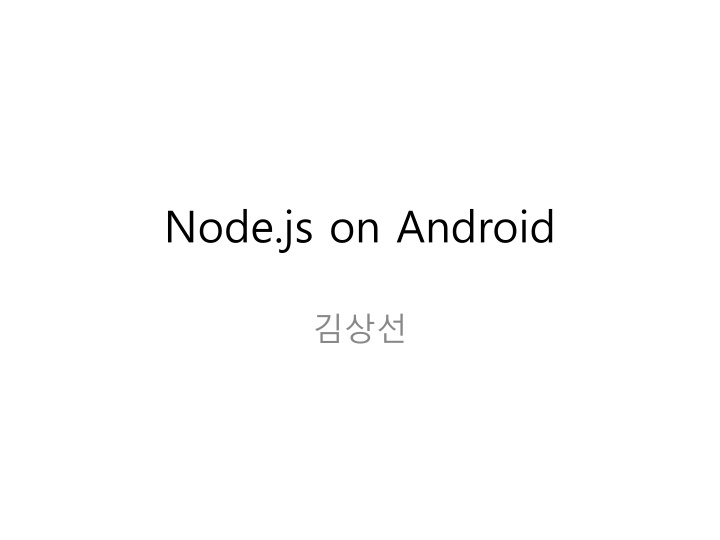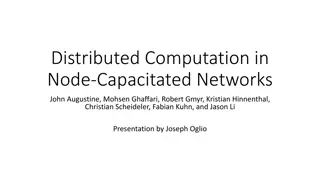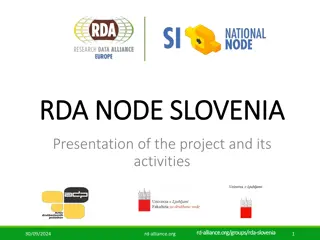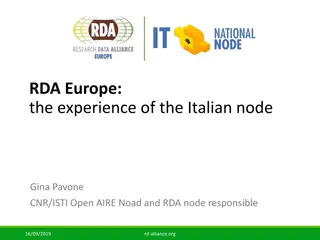Node.js on Android
Node.js is a powerful JavaScript runtime built on the V8 engine. This article discusses the history of Node.js, its architecture, event-loop model, and non-blocking I/O. It also delves into running Node.js applications on Android using the Anode framework, covering build instructions and prerequisites. Explore the possibilities of integrating Node.js with Android and dive deep into the technical aspects of setting up the environment and building native code for Android applications.
Download Presentation

Please find below an Image/Link to download the presentation.
The content on the website is provided AS IS for your information and personal use only. It may not be sold, licensed, or shared on other websites without obtaining consent from the author.If you encounter any issues during the download, it is possible that the publisher has removed the file from their server.
You are allowed to download the files provided on this website for personal or commercial use, subject to the condition that they are used lawfully. All files are the property of their respective owners.
The content on the website is provided AS IS for your information and personal use only. It may not be sold, licensed, or shared on other websites without obtaining consent from the author.
E N D
Presentation Transcript
Node.js 2009 Ryan Dahl
Node.js Node.js V8 event libuv
Node.js Architecture Java Script C / C++ V0.10
Node.js V8 Non-bloking I/O
Node.js CPU
Anode Framework for running node.js applications on Android Running node.js applications through an intent-based API Anode uses ver 0.6
Anode Build These instructions should work on Mac and Linux. Windows/cygwin is not fully working yet.
Anode Build Set up the build environment Get the latest Android SDK and NDK. (But NDK ver. recommend r8d) Install a recent version of Python 2.x. Install Git.
Anode Build Prerequisites - SSL anode depends on the openssl libraries libssl.so and libcrypto.so Starting in <work dir>, clone the repo: & git clone git://github.com/paddybyers/openssl- android.git To build it: & cd openssl-android & ndk-build
Anode Build cd back to <work dir>. Clone each of the repositories in turn. git clone git://github.com/paddybyers/anode.git git clone git://github.com/paddybyers/pty.git git clone git://github.com/paddybyers/node.git
Anode Build Set up the NODE_ROOT variable to point to the top-level node directory of that repo.
Anode Build Build the native code cd anode ndk-build NDK_PROJECT_PATH=. NDK_APPLICATION_MK=Application.mk cp libs/armeabi/libjninode.so ./app/assets/ cp libs/armeabi/bridge.node ./app/assets/
Anode Build Set up the Eclipse Android projects Open Eclipse and do: File->Import->General->Existing projects into workspace Point to the <work dir>/anode directory and import the app, libnode and bridge-javaprojects.
Anode Build APP
Add-ons Add-on C/C++ Anode Add-on NDK
Java Bridge Anode includes a bridge to a java runtime, so that modules can be written (and, ultimately, dynamically deployed) as Java libraries. The bridge is still under development. This means that the features described in these notes may be unimplemented, or not stable, and are also liable to change.























